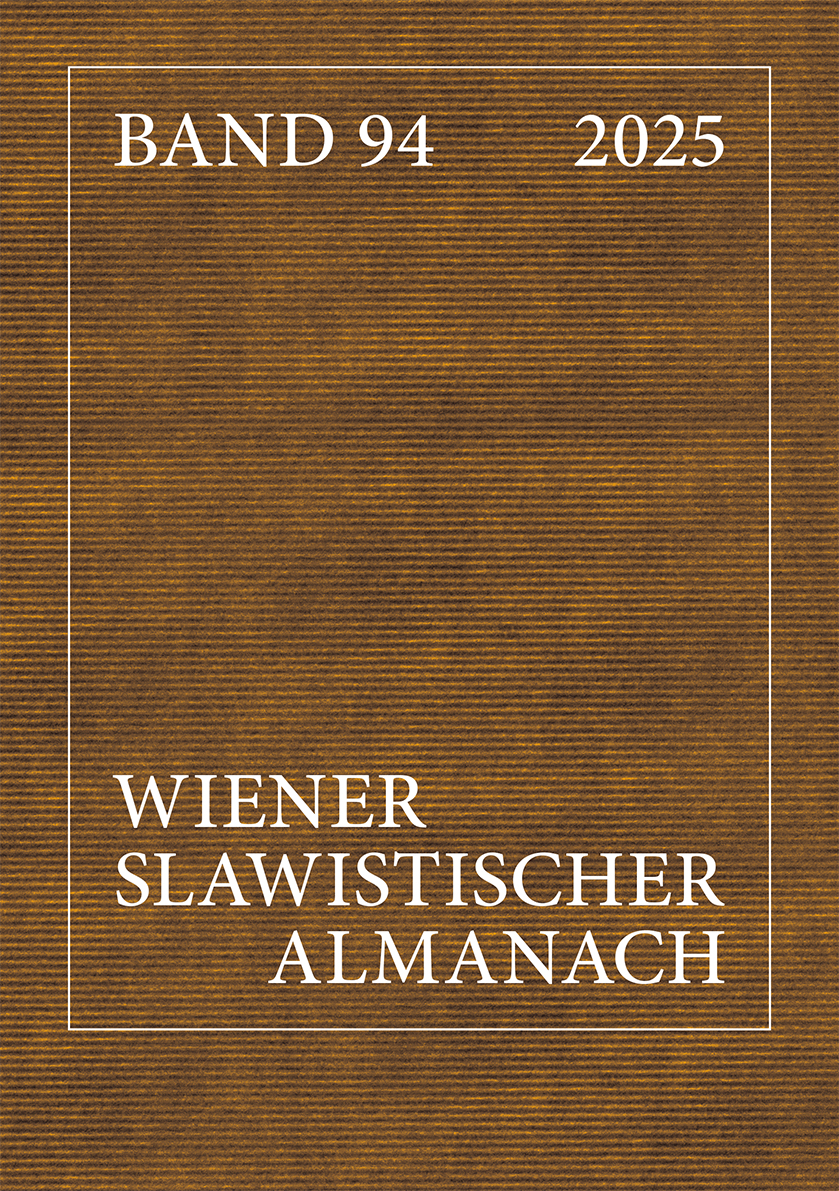Balkan Barbarians Against European Civilization
Veröffentlicht am 08.08.2025
Schlagwörter
- avant-garde,
- barbarians,
- the Balkans,
- Yugoslavia,
- Bulgaria
Abstract
The article examines the concept of Balkan barbarism as articulated by Yugoslav and Bulgarian avant-garde movements in the 1920s. Through the works of Ljubomir Micić, Branko Ve Poljanski, Geo Milev, Lamar, and other artists, the avant-garde sought to redefine the Balkans’ position within European cultural and political hierarchies. Drawing on Nietzschean philosophy, Expressionism, and Constructivism, these artists rejected Western cultural imperialism and bourgeois decadence, embracing instead a vision of creative barbarism rooted in humanism, pacifism, internationalism, and radical artistic renewal. Central to this vision was the figure of the Barbarogenius – Micić’s archetype of the Balkan artist-revolutionary who would overturn Europe’s cultural stagnation and inaugurate a new era of artistic and social transformation. The study explores how Zenit and Bulgarian avant-garde journals such as Vezni, Plamăk, and NOVIS reimagined the barbarian as both a destructive and regenerative force, responding to the traumas of World War I, the rise of authoritarian regimes, and the legacy of colonialism and imperialism. By positioning barbarism as a counter-hegemonic discourse, the Balkan avant-garde offered an alternative cultural paradigm – one that remains relevant in discussions of periphery, identity, and artistic resistance today.
Zitationsvorschlag
Copyright (c) 2025 Olga Saveska (Autor/in)

Dieses Werk steht unter der Lizenz Creative Commons Namensnennung 4.0 International.

